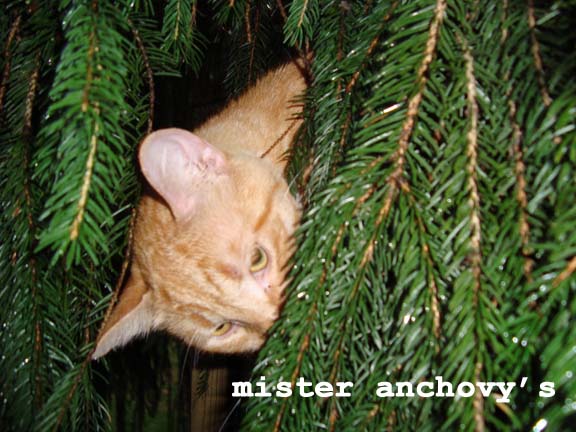Brass Bands
It would be interesting to take a close look at the history of brass bands in North American music. I wonder if anyone has taken a shot at writing that history? I'm sure there must be ethomusicologists out there who have studied it at length.
One strain of that history goes back to the Civil War. Brass Bands provided martial music for dress parades, serenades for officers and music of home for the troops.
Then there is New Orleans. Here is some historic footage of New Orleans Brass Bands playing in the funeral tradition. I really like some of the modern New Orleans Brass Bands like Rebirth and The Hot 8.
There are other traditions as well. Most of you will remember Herb Alpert and the Tijuana Brass.
Another interesting band is the Youngblood Brass Band from Oregon, Wisconsin. These guys started out as a highschool band. You can hear elements of New Orleans, jazz, punk and hip hop. Here's a tune they recorded and released as a single called Nuclear Summer. Here they are again with The Headbanger.
Then there is the Salvation Army. I have no idea from where their brass brand tradition emerged. It's a big mystery to me, so fill me in please.


2 comments:
This topic is almost too large for me to tackle, but I'll give it a shot.
The American Brass Band Movement was built on technolobical developments that occurred in Europe in the early decades of the 19th century. Technological adaptations of mine valves were applied to brass instruments to create horns that were capable of playing chromatically. The Brass chromatic instrument was far superior out of doors than any of its competitors.
This was followed by the masterful marketing of Adolphe Sax, who created a family of brass valved instruments that were capable of producing a full arrangement of music from melody to bassline by a homogeneous group of instruments ranging from high soprano to bass. Sax's instrument caught the Western World's fancy and were quickly adopted for use in the out of doors. And, additionally, were obtainable by the average citizen, and not only the professional musician.
Music suddenly became a comodoty of the general public and not just the privelidged class. And, bands sprung up everywhere. The Civil War gave the Brass Band Movement a real boost in the USA. As a band served as a significant recruiting incentive. Commanders would often purchase whole sets of band instruments and then acquire players to fill the band ranks, because it was such a powerful recuiting tool. It is important to recognize that the only form of music in the mid 1800's was live music. If it wasn't live, there was no music. And, the public in the 1860's had music - Rock music of their time, if you will, provided by brass bands.
After the Civil War, band music took two primary paths. There were the community bands, and every small town had several local bands. These bands were basically the brass bands of the Civil War, with Cornets, alto horns, tenor horns, baritones, and basses.
Additionally, there were the professional bands; the most notable of which was the Gilmore band. The professional bands were not limited to brass, and often had woodwind, and string sections, in addition to the brass and percussion sections.
The Gilmore band was thought at the time to be the pinnacle of the brass band movement - until his death.
He was shortly followed by the band of John Phillip Sousa.
Sousa than had to compete with the Jazz bands that initiated from New Orleans and sprung up in all other parts of the country.
In the 20th century, bands were introduced into the curriculum of public schools.
Brass and woodwind bands, in a variety of forms, domininated the musical scene until electronics enableed string instruments to compete in volume with brass.
Much appreciated Kenton!
Post a Comment